How Aussie nurse survived WWII massacre by playing dead
When Sister Vivian Bullwinkel was shot with a machinegun in one of the worst massacres of World War II, a split-second decision to feign death saved her life. LISTEN TO THE PODCAST.
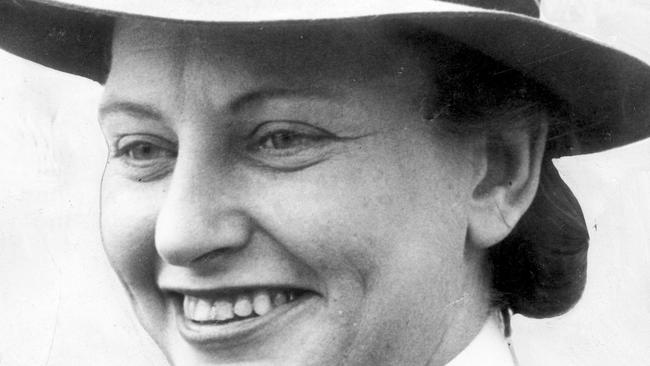
Black and White
Don't miss out on the headlines from Black and White. Followed categories will be added to My News.
It was Vivian Bullwinkel’s split-second decision to play dead that saved her life after she was shot down with a machinegun in one of the worst massacres of World War II.
And it was her ingenuity in concealing the bullet hole in her nurse’s uniform with a water bottle that enabled her to survive the next 3½ years in a Japanese prisoner-of-war camp.
As the sole survivor of the Bangka Island massacre of 1942, Sister Bullwinkel was able to give crucial evidence about the atrocities she had endured to the Tokyo war crimes tribunal after the war.
Vivian Bullwinkel is the subject of the latest episode of the free In Black and White podcast about Australia’s forgotten characters, available today.
Adjunct Professor Kylie Ward, CEO of the Australian College of Nursing, describes Sister Bullwinkel as one of our greatest wartime heroes.
“She’s a great Australian and great woman that we should all know about,” Ms Ward says.
Before the war, the South Australian-born nurse worked in Kia Ora hospital in Hamilton in southwestern Victoria and Jessie McPherson hospital in Melbourne.

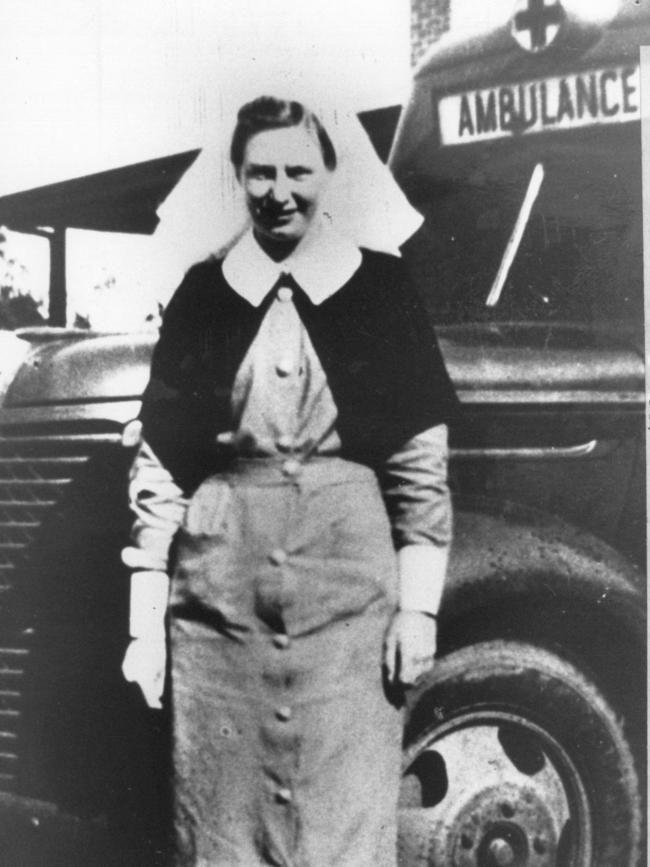
In May 1941, Sister Bullwinkel volunteered for the Australian Army Nursing Service and was assigned to the 2/13th Australian General Hospital in Singapore.
In February 1942, Japanese troops invaded Singapore and Sister Bullwinkel fled, along with 64 other nurses, aboard the SS Vyner Brooke.
But the ship was sunk by Japanese aircraft.
“On the 14th of February it was bombed three times by Japanese aircraft, and she drifted clinging, with many others, to a lifeboat for hours and then struggled ashore to Bangka Island with other survivors,” Ms Ward says.


Sister Bullwinkel, 21 other nurses and a large group of men, women and children made it ashore at Radji Beach on Japanese-occupied Bangka Island, now part of Indonesia.
The group were soon joined by others, including a number of soldiers from another ship sunk earlier.
Ms Ward says when Japanese troops arrived, the soldiers were led away in two groups, and the rest of the survivors presumed they were being led to their death.
When they returned the second time, the Japanese sat on the beach cleaning the blood off their bayonets.
“The nurses certainly would have known then that they’d been murdered,” Ms Ward says.
“They then gathered the 22 nurses together and ordered them into the sea.”


As they marched in a line into the sea, the nurses were machinegunned from behind.
“Vivian got shot through the hip,” Ms Ward says.
“It projected her forward into the water. I understand it made her nauseous but she knew not to move.
“(She) feigned her own death and hours later, because she couldn’t swim, was washed ashore.
“When she finally looked up, she realised the Japanese had gone and there was nobody alive around her.”
Later, Sister Bullwinkel found an injured British soldier and hid with him on the island, tending to his severe wounds.
“After 10 days, they ultimately surrendered, but they knew they had to get their story aligned, because if anyone knew they’d been the survivors of the Bangka Island massacre they were likely to have been killed,” Ms Ward says.
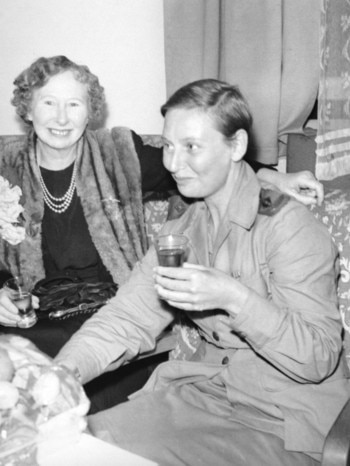

The soldier died soon after from his injuries.
Sister Bullwinkel spent the next 3½ years in a Japanese POW camp.
She carried a water bottle over her shoulder, and used it to surreptitiously cover the bullet hole in her nurse’s uniform so her Japanese captors would not uncover her secret.
“I think one of the reasons that Vivian became so determined to survive was to make sure these murders were able to be reported,” Ms Ward says.
“Otherwise we would never have known what happened.”
While Sister Bullwinkel was able to describe the massacre after the war, the full horrors of what the women experienced at the hands of Japanese soldiers were never revealed.
“I believe there was a pact made of things they would never talk about, and they did take that to the grave,” Ms Ward says.
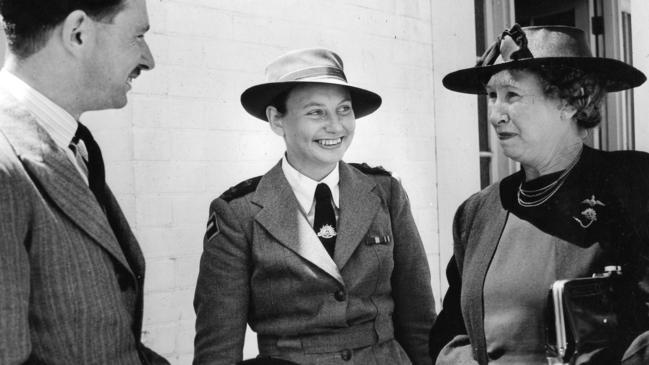
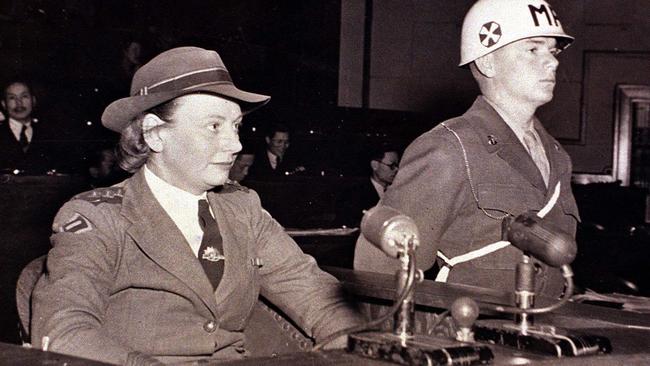
According to the Australian War Memorial, of the 65 Australian nurses on the Vyner Brooke, 12 were killed during the air attack or drowned following the sinking, 21 were murdered on Radji Beach, and 32 became internees, eight of whom died before the end of the war.
After the war Sister Bullwinkel became matron and then director of nursing at Melbourne’s Fairfield Hospital and later became president of the Royal College of Nursing.
She served in Japan in 1946 and 1947 before resigning from the army as captain, but she rejoined the reserves in 1955 and served until 1970, when she retired as lieutenant colonel.


In 1992, she returned to Bangka Island to unveil a shrine to the nurses who died there.
She died of a heart attack on July 3, 2000, aged 84, in Perth.
Ms Ward and the Australian College of Nursing are working with the Australian War Memorial to erect a commemorative sculpture of Vivian Bullwinkel in the grounds of the memorial to honour her courage and sacrifice.
Listen now to the interview with Kylie Ward in today’s new free episode of the In Black and White podcast on Australia’s forgotten characters on Apple/iTunes, Spotify, web or your favourite platform.
And listen to some of our 54 previous episodes including the unexpected Melbourne love story of WWII, how‘Mrs Mac’ and her Morse code ‘girls’helped win WWII, andthe real Sherlock Holmes.
See In Black & White in the Herald Sun newspaper Monday to Friday for more stories and photos from Victoria’s past.
